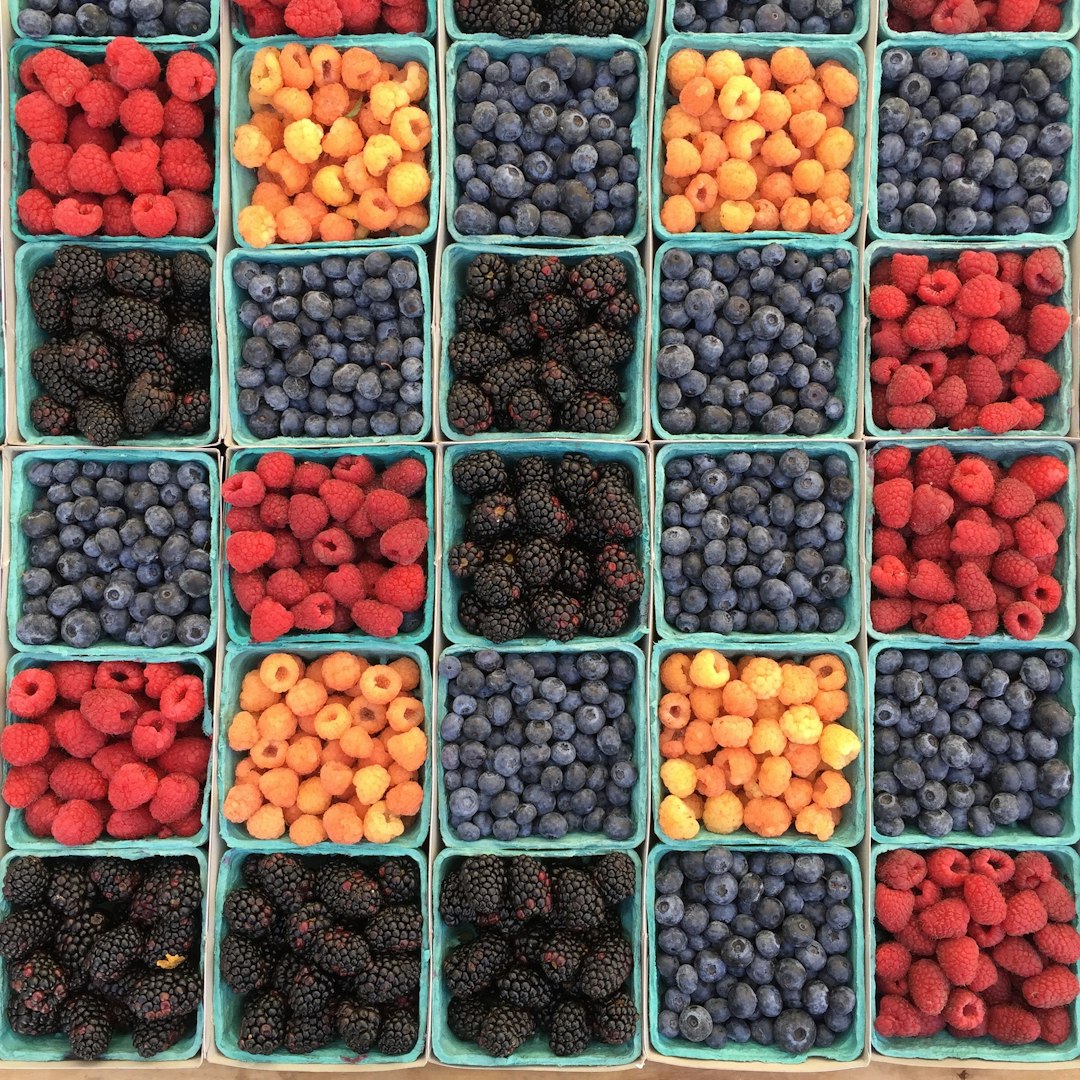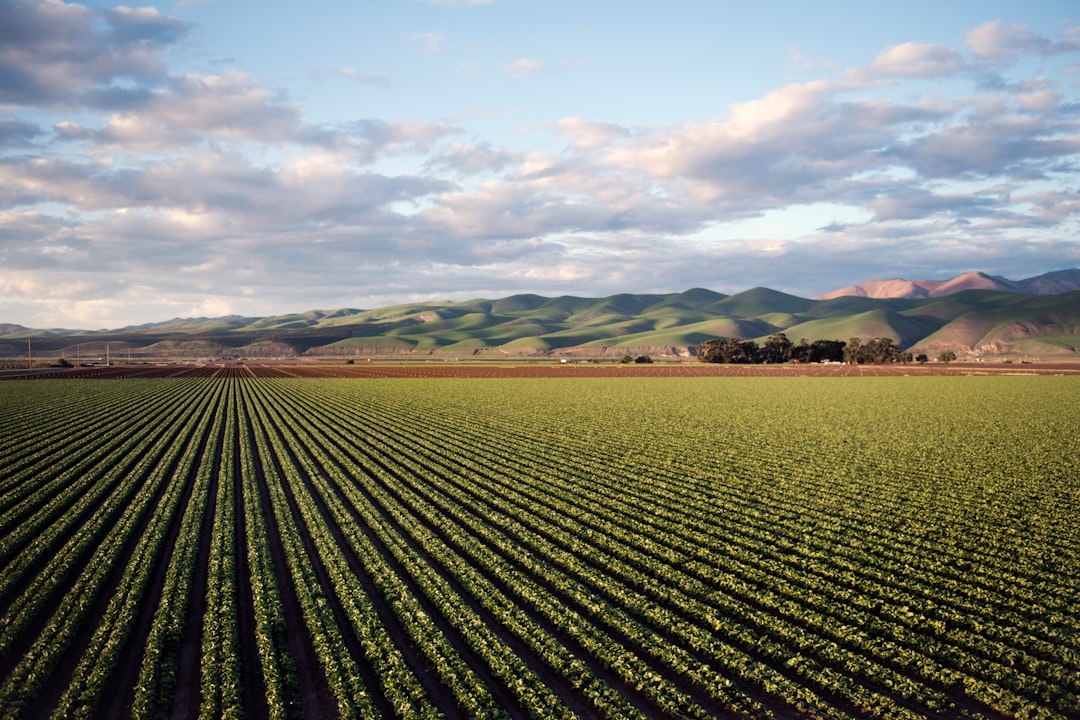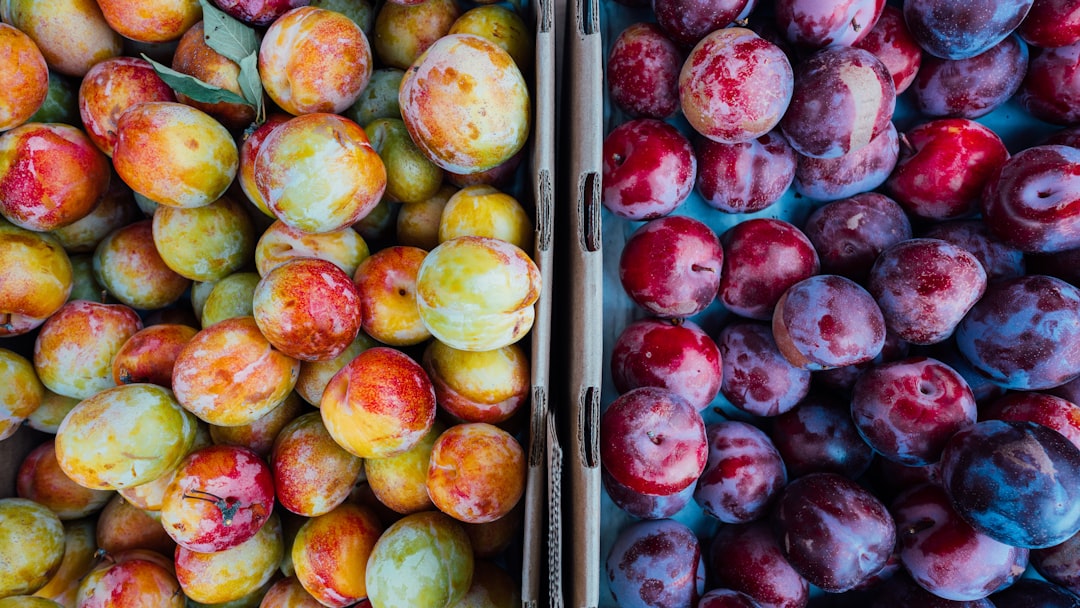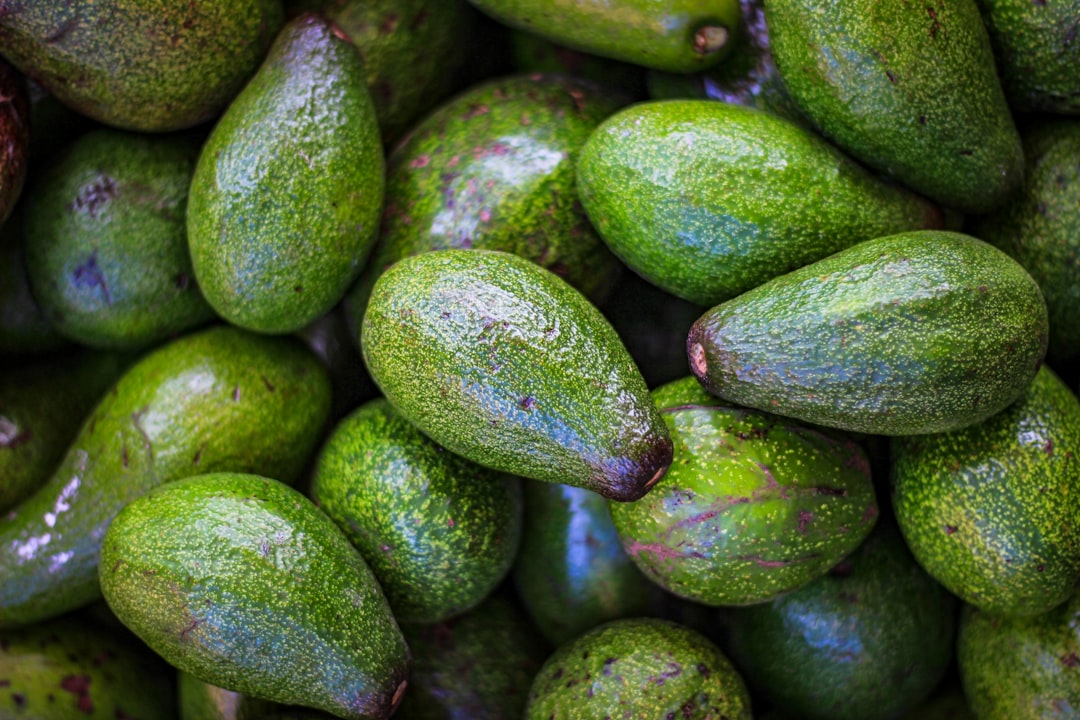Where Are All the California Cookbooks?
And the 1970s community cookbook that nailed it.
Howdy cookbook fans!
Whew, APOLOGIES for that unexpectedly long hiatus! About a week after my trip I came down with the nastiest cold I’ve had in a long time—not COVID, thankfully, but still no fun! Anyway, thank you for your patience.
SPN is back with a treat for you today: Georgia Freedman of The California Table is here to discuss Californian food, cookbooks, and why the latter is sometimes a tricky medium to cover the former. (And why when it works, it really works!) If this post is too long for your email, click the headline above to read it on the website.
Friday paid subscribers and I are gonna GET IN A FIGHT about the 2023 JBFA cookbook noms, so study up. To join their ranks, click the big orange button below.
Georgia, take it away!
The California Heritage Cookbook and the Possibilities of Community Cookbooks

—By Georgia Freedman
If you walk into one of the country’s few (and fantastic) cookbook stores and look at the shelves focused on regional American foods, you might notice something: there probably aren’t any books that comprehensively cover California-style food. At the excellent Omnivore Books in San Francisco, for instance, you’ll find titles like Aloha Kitchen and Cook Real Hawai’i, both offering takes on the classic dishes of the Aloha State; in the Southern cooking section, you’ll find more than a dozen books about that region’s cooking, many with the words Southern or South in their titles.
Even here in the Bay Area, the California section looks different. The dedicated shelf holds plenty of restaurant books—beautiful offerings from places like Rich Table, Tartine, Sqirl, and Lucques—a few books from farmers and food writers with very narrow focuses, and books with specific cultural focuses, such as Tanya Holland’s California Soul. But the only book that seems to cover the state as a whole may just be California Living & Eating—a cookbook by Eleanor Maidment, a UK-based food writer who only claims to be inspired by the Golden State, not to represent it.
Given California’s importance in the US food world, as both the country’s breadbasket and the source of many food trends, one might assume there would be more attempts by chefs or food writers to write a book about what makes California foods, well, Californian. But it appears that the state’s culinary identity is such a slippery thing to pin down that few have tried to do so.

To be fair, asking someone to define a “California cuisine” is a big lift. While cooks here in my home state share similar tools—most notably year-round access to an incredibly wide variety of fresh produce and seafood, plus culinary inspiration from all over the world—we don’t have the defined culinary tradition you find in many parts of the US. There’s a strong Mexican influence to our cooking, but there are also strong French, Italian, Chinese, Japanese, and Middle Eastern influences. Not to mention a lot of foods and techniques that grew out of hippie-era cooking and the natural foods movements of the ‘70s and ‘80s.
The more cohesive regional cuisines you find in many parts of the US are, in large part, the result of defined waves of immigration. As cooks from Germany and Eastern Europe arrived in the Midwest, for instance, they introduced their historical cooking techniques and adapted them to local ingredients. These interactions created the cooking styles that dominated those areas for generations—and still inform foods today.
In California, a single style of cooking has never become definitive. When the Spanish first arrived, they created a “Californio” cuisine that mixed indigenous Mexican and Californian ingredients and techniques with Spanish cooking styles. But once the Gold Rush started, in 1848, so many people from other places arrived so quickly that these foods never caught on with the newcomers. During this era—the largest mass migration in US history—prospectors and fortune hunters and ranchers and businesspeople from all across the world arrived here all at once, and they never stopped coming. No one group’s style of cooking was ever prominent enough for a long enough period of time to evolve into a cuisine that defined the state. The closest we got, much later, was the “California Cuisine” of the ‘70s and ‘80s—and that represented a fairly narrow slice of the food styles we had at the time.
So, imagine my surprise when I was introduced to a book—published three years before I was born—that actually tried to cover California foods as a whole: The California Heritage Cookbook, an enormous tome produced by the Junior League of Pasadena in 1976. At 424 pages, with a cloth-bound hardcover and a yellow and brown dust jacket, it looks more like an offspring of big kitchen-sink cookbooks like the Joy of Cooking than a traditional community cookbook. In addition to more than 540 recipes, it also contains essays about the history of various regions within California, written in evocative prose. (One essay begins, “Grebes and cormorants and golden eye patrol the coastal waters of Monterey County, undisturbed by the swooping and diving gulls who pursue a more erratic course.”) I was floored by the book’s scope and ambition, and stunned to find many of the recipes felt incredibly relevant to the way my friends, family, and I cook today. These recipes reflected the way my mom cooked in Southern California in the ‘80s and ‘90s, but they also embodied the light and breezy way I and my friends, of varied backgrounds, living all across the state, actually cook: throwing together interesting combinations of fresh, seasonal ingredients to make easy, delicious meals.
The book does have some obvious markers of the times in which it was written: There are seven molded salad recipes (including one with canned mandarin oranges, curry powder, and chutney), and, as this was the Julia Child era, there are also seven souffle recipes, including a variation made with grits and one made with green chiles and cheese. The California Heritage Cookbook also betrays its age in its approach to many foods the authors would have called “ethnic dishes.” There are lots of Chinese-American classics, like chow mein, but none of the dishes that Chinese immigrant families would have actually been making at the time, such as the homestyle foods like steamed bok choy and roasted soy sauce chicken that some of my friends enjoyed growing up in the ‘70s. One dish, called Bah Wong’s Teriyaki Strips, clearly confuses Chinese and Japanese cooking traditions, while something called Indonesian Chicken is a mish-mash that combines celery and bell pepper with peanut butter, dried chile, bananas, toasted coconut, and avocado, and suggests chutney as an optional garnish.
That said, other recipes are decidedly contemporary—and delicious. When I cooked a few of them, I found that a lot hold up well. A dish of spaghetti with crab in a dense tomato sauce is spectacular, as is a plate of asparagus in orange butter. Dishes like huevos rancheros and ceviche seem like culturally appropriate versions of these classics, the Green Goddess Salad dressing looks like versions you’d see today, and the chiles rellenos and enchiladas all sound delicious. There is also a strong reliance on fresh, local, seasonal ingredients like artichokes, asparagus, Dungeness crab, oranges, and lots and lots of avocado.

To some degree, it’s not surprising that I’d find my own cooking reflected in a book conceived as a fundraiser with recipes compiled by committee. When you're looking for a recipe for a local or regional specialty, there's really no better source than a community cookbook. But The California Heritage Cookbook defied expectations typical of community cookbooks. Published by Doubleday, it sold more than 200,000 copies to buyers all over the country.
Wanting to know more about how this unusual tome came to be, I tracked down Tempe Brooks, who was tasked with organizing this enormous project in the mid ‘70s. She told me the recipes in the book were contributed by between 250 and 300 members who submitted their favorites, and asked friends and family and housekeepers (a move that feels inappropriate in today’s food world, given that the committee was all white, but would have been common at the time) for their favorites as well. The committee also put in a shocking amount of work testing and rewriting the recipes. Fifteen committee members tested countless options multiple times. “Each recipe was tested at least three times,” Brooks says. “Sometimes we’d even have dinner parties, and a bunch of us would get together, with the husbands, to make meals out of the submissions.”
The committee approached Doubleday (which had previously published a cookbook by the New Orleans Junior League), and the publishing house not only printed and distributed the book, but also organized a tour and media appearances, a level of assistance today’s authors can really only dream about. The Junior League earned a dollar per book for the more than 200,000 copies sold, and they used the funds to sustain charitable projects like bringing inner-city youth to museums and creating a list of daycare services to help working women find reliable childcare. There was even a paperback release. All in all, the book turned out to be quite successful.
To my mind, the committee’s approach to this cookbook turned out to be a kind of perfect way to capture the varied and disparate foods that make up what we here in California actually cook and eat. A community cookbook approach allowed them to include recipes from a variety of different styles of cooking and present them all together, side by side. The sheer number of recipes in the book, and the group approach to selecting them, allows multiple viewpoints to all have room in one collection. The juxtaposition of different foods, along with contributors’ different ideas about what should go into the book, makes for a broad look at the state’s foods. And while the Junior League of Pasadena’s committee wasn’t actually focused on having an inclusive list of recipes or making sure they were distinctly Californian (Brooks says they were just looking for delicious dishes that didn’t rely on canned foods or convenience products), the collection as a whole does end up painting a pretty clear picture of the state’s foods at the time.

But, if this book was so successful, the question remains: Why haven’t there been more attempts to cover California in this kind of expansive way in the decades since?
The answer may lie in the sheer amount of work that it takes to produce them. “It was a period of time when very few members of the Junior League were employed,” says Brooks. “We were housewives.” That translated into lots of smart women who had hours and hours every day to pour into the project. Today, those women no longer need the same kind of outlet, because anyone with this level of ambition is likely working their way up a career ladder, or creating art (or recipes) professionally. So, while some Junior League chapters (and other social organizations) still produce cookbooks, they don’t have the manpower to do projects on that old scale.
Instead, recent years have brought professional compilations, like Phaidon’s enormous single-country books. However, Celia Sack, owner of the aforementioned Omnivore Books, notes that these tomes can have their own problems: “There’s often no consistency to the recipes,” she explains, “and people are not as confident that every single one is going to work.” In her experience, big compilations require an editor (or editorial team) who has the time and obsessiveness to test the recipes and fix consistency issues. And from what she can tell, that doesn’t often happen in these big compilations, even those with famous names used on the cover to add clout.
Sack did, however, point me to a more recent (but still out-of-print) collection, The Sunset Cookbook, from 2010 (produced by the editors of Sunset Magazine, including their food editor at the time, the brilliant Margo True). While it’s not specifically about just California (Sunset’s purview covers all of “the West”), this book is probably the best recent look at this region’s cooking. Sack notes that the reason this book works so well is that the magazine’s editors were obsessive about the recipes, and took the time to adjust them to create a coherent culinary approach that readers could trust.

To do the same thing in California today, with the same quality, you’d likely need to get another big publisher involved, or even a few different players—such as editors from the LA Times, the San Francisco Chronicle, and smaller outlets like LA Taco. Despite all of these hurdles, I still think it would be worth putting in the work, and I’d absolutely love to see how such a book turned out. (I think this treatment would also work well for other areas that have welcomed a lot of new immigrant communities in recent decades, such as New Jersey1.) [If any of the aforementioned editorial teams actually like this idea, let me know! I’d love to make it happen.]
What would a successor to the California Heritage Cookbook look like today? With our current understanding of issues of representation, and California’s still-changing demographics, it would definitely be more diverse. As Tempe Brooks pointed out herself, when we spoke recently, “In the years since the book was published, California food has continued to evolve and take in more and more and more cuisines. In Los Angeles we have the biggest population of Filipinos outside of Manilla, and the largest population of Koreans anywhere other than Seoul. We have huge populations from all of the countries in the Middle East. So, the food here is everything you ever wanted.” A book built in this community would inevitably include recipes from Native cooks next to Mexican classics, Filipino favorites across from Persian feasts, Korean specialties alongside hippie-style vegetable sandwiches, and so much more—plus lots and lots of cultural mashups. (We are, after all, the state that created the bulgogi taco.)
Some recipes, however, might actually look similar to those the Junior League collected in the ‘70s. Even those Chinese American recipes would still have a place in the book, as those dishes have become an integral part of California’s food history. And hopefully we’d even see some recipes in the old Californio style, which have been passed down in families for generations.
Yes, such a book would still only be a fleeting representation of what California looks like; the state and its foods continue to change as quickly as they ever did. But it would be a delicious picture and, for me at least, it would offer a unique and delicious lens to see my home state through.
Georgia Freedman is an Oakland-based journalist, editor, and cookbook author whose work focuses primarily on food and culture. She is also the author of The California Table , which highlights stories and recipes from chefs and home cooks all across the Golden State.
Previously on Stained Page News
Paula here! Just wanted to give a shout to The Big Texas Cookbook by the Editors of Texas Monthly (including yours truly), which was an attempt to make a more inclusive, more widely-defined book about Texan food! :)





Six Kitchens is a beautiful representation of California cooking and how many use the produce. It’s a great example of Northern California food. I’d add it to your list. I’d also add Barbara Troop’s China Moon, a classic, Zuni Cafe Cookbook by Judy Rodgers, any of the Greens or Chez Panisse cookbooks, the San Francisco Chronicle cookbooks, first is best. How about the Slanted Door Cookbook or Tartine? The French Laundry Cookbook? The Malibu Farm cookbooks represent SoCal well. How about Cecilia Chiang’ Seventh Daughter? Sunday Suppers at Lucques? Japanese Home Cooking by Sonoko Sakai